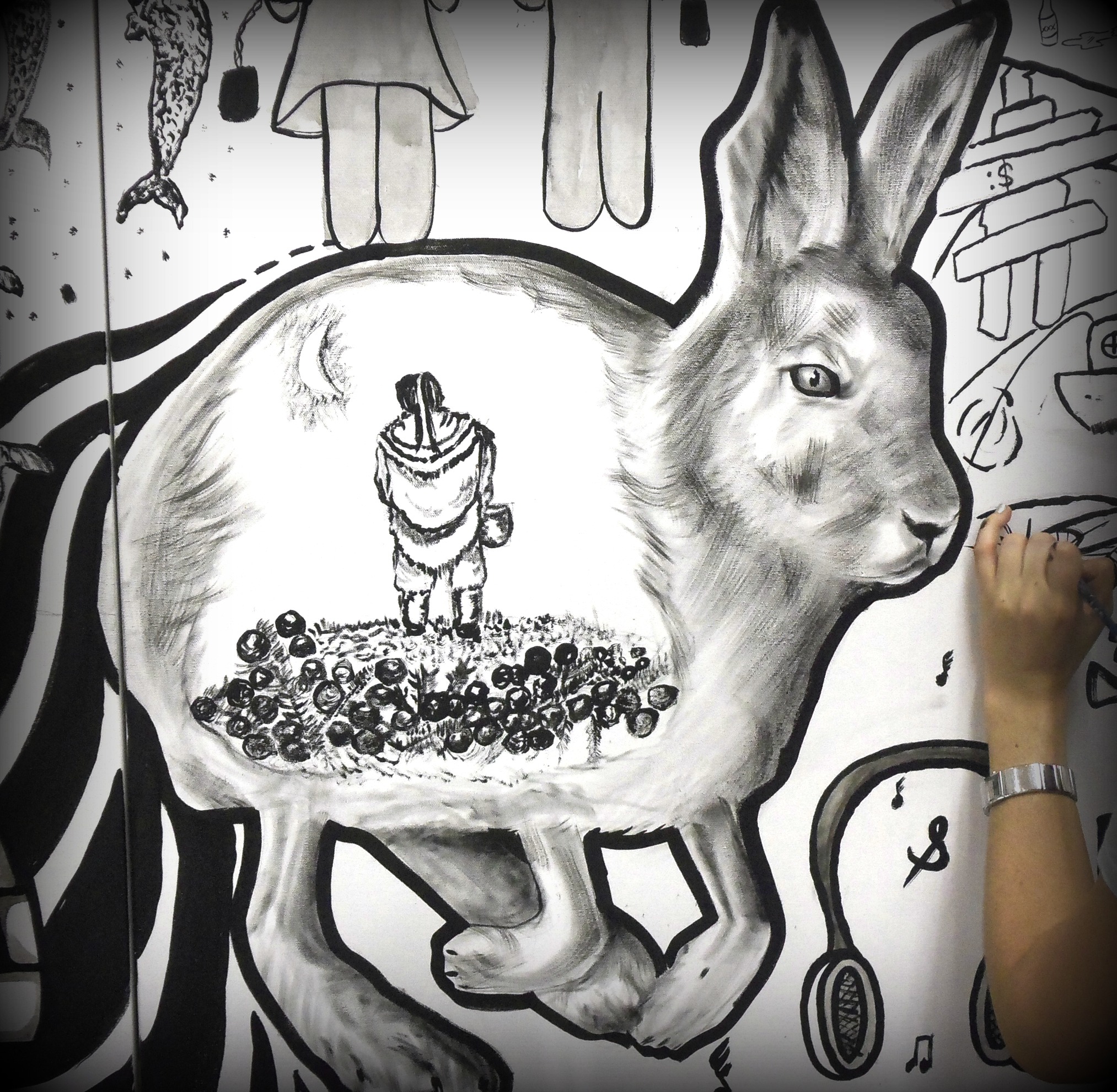Inuit Coping and Resiliency
There is incredible resiliency and positivity among Inuit. Within Inuit culture, healing is not individualistic like southern models of mental health of care. Inuit are highly communal and connected across a network of extended family, so when one is hurting – or hurting another – the healing process involves the family. Therefore, there is a strong recognition that due to intergenerational trauma and transgenerational trauma that there is need of healing supports for individual, family and community-wide trauma.
The impacts of global warming for Inuit with the loss of land, ice and instability of the ecosystem for traditional hunting and safety requires connecting on traditional coping skills and resiliency and need to be empowered to learn Inuit culture and survival skills. Inuit need opportunities to heal, grieve and learn Inuit societal values of respect, compassion and living together in harmony, for mental wellness and reconciliation.

Inuit Approaches to Healing
Inuit approaches to healing includes common features such as:
- Personal readiness
- Holistic including all aspects of life
- Telling one’s story –in their own language
- Flexibility
- Immediate intervention
- Compassion and empathy
- Cultural knowledge and access to activities
- Access to country food for nourishment
- Connecting with the land and sila
However, in spite of many challenges, Inuit reach out to help their families and others within the community, and are making great strides individually and collectively, to move beyond family tragedies and broader group pain. Whatever is going on in their lives, Inuit always have a friendly word, a smile and a willingness to lend a hand.
That is true resiliency and strength and social cohesion. That is survival.
Inuit as a people and a cultural group, are powerful, compassionate and resilient, and have survived thousands of years in one of the harshest areas on the planet. In spite of and through many socio-economic challenges, they continue to build on local Inuit supports of culture, tradition and collective identity. As one community member noted:
We don’t have most things written, but we are powerful and compassionate, we Inuit. Our resilience is/will be protected by the invisible force that binds us all over the world. Our land is that old, and so is our culture. It’s just not written, and doesn’t need to be, as we do things instantaneously. We don’t judge things already done and passed. We forgive each other after we genuinely say sorry to each other. Living in the moment, not the past, or the future, and not “what ifs”. That’s the best way to explain our culture. It will never change as it’s in our blood.
One key resource that remains in the communities is a legacy investment made under the Truth and Reconciliation Commission, which trained individuals in each Nunavut community to administer Mental Health First Aid. While it is sometimes a challenge to identify trained resources directly, there is a need to coordinate a network of supportive emotional Inuit supportive emotional counsellors within families and local communities to provide culturally-relevant and knowing healing supports which includes:
• Basic assessment for suicide and self harm strategies on a first aid level;
• Give assurance to youth and adults that they have a real problem and provide information on what supports are available and allow the individual to see what they are prepared to do;
• Keep them comfortable during their emotional distress and prevent them from getting worse;
• Connect with family or ask if they have someone they can talk to;
• Keep the person safe and assist them through any psychotic episodes.

Copyright © All Rights Reserved

